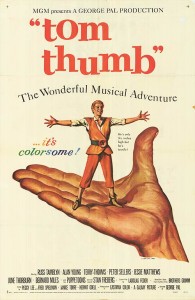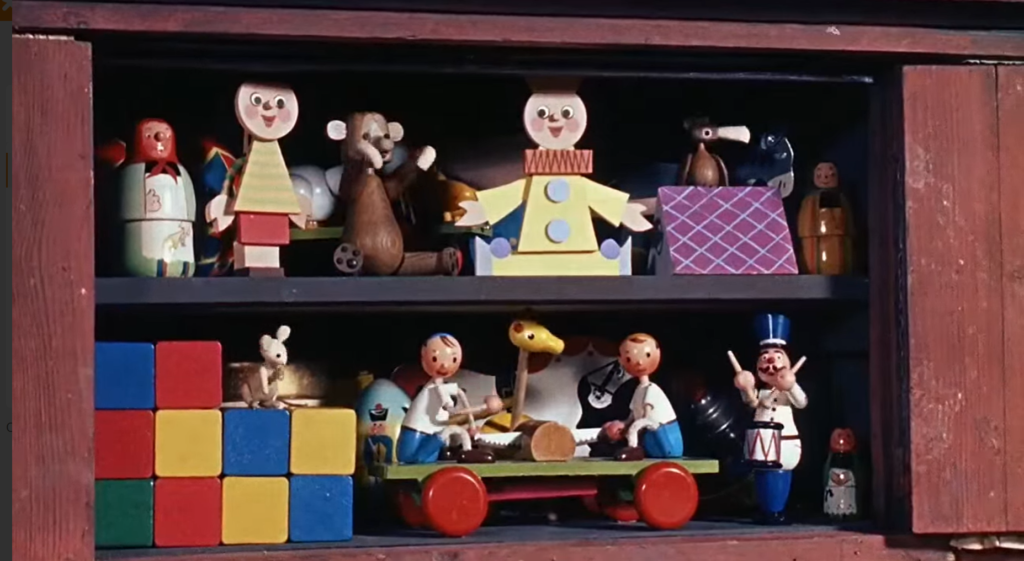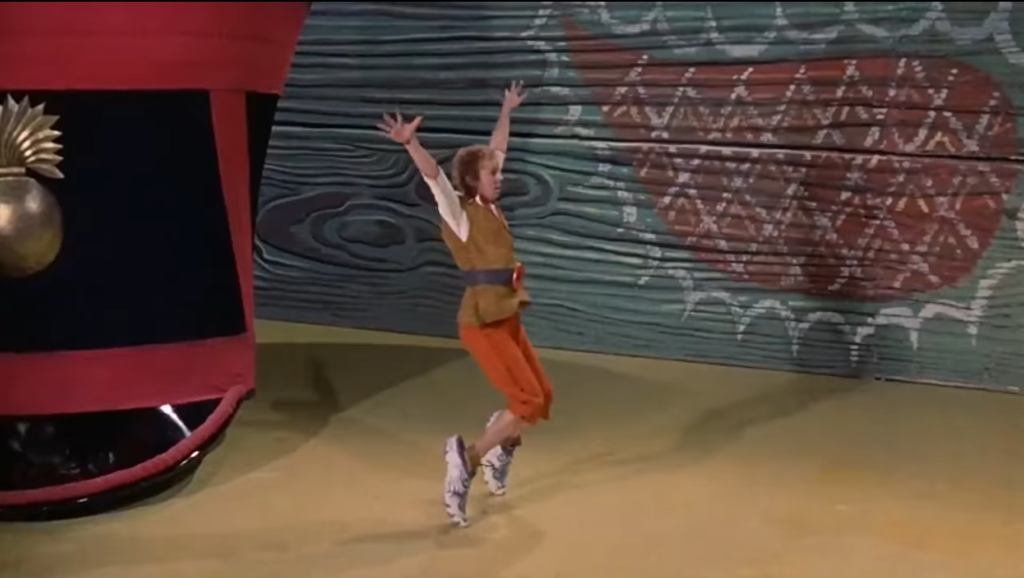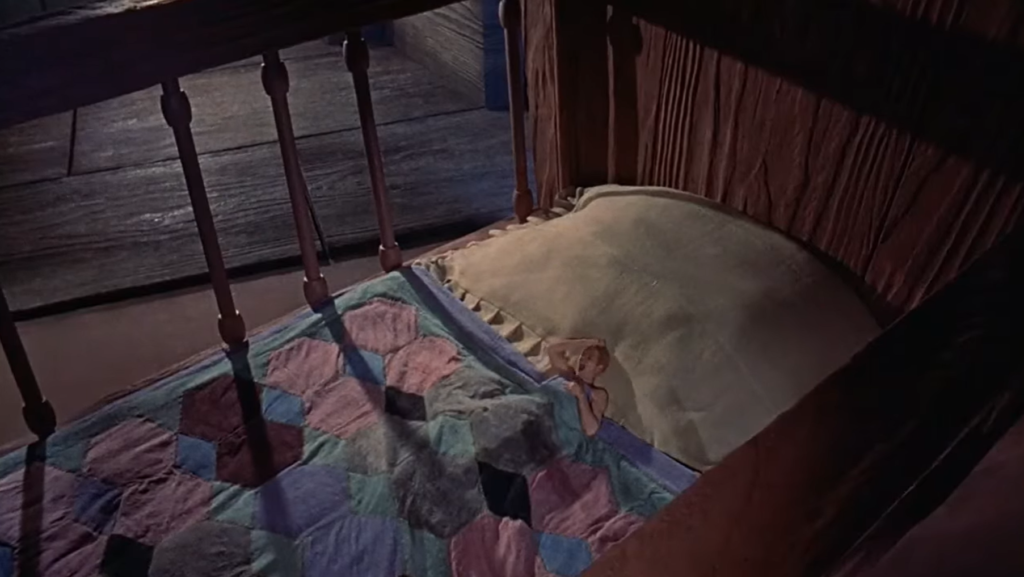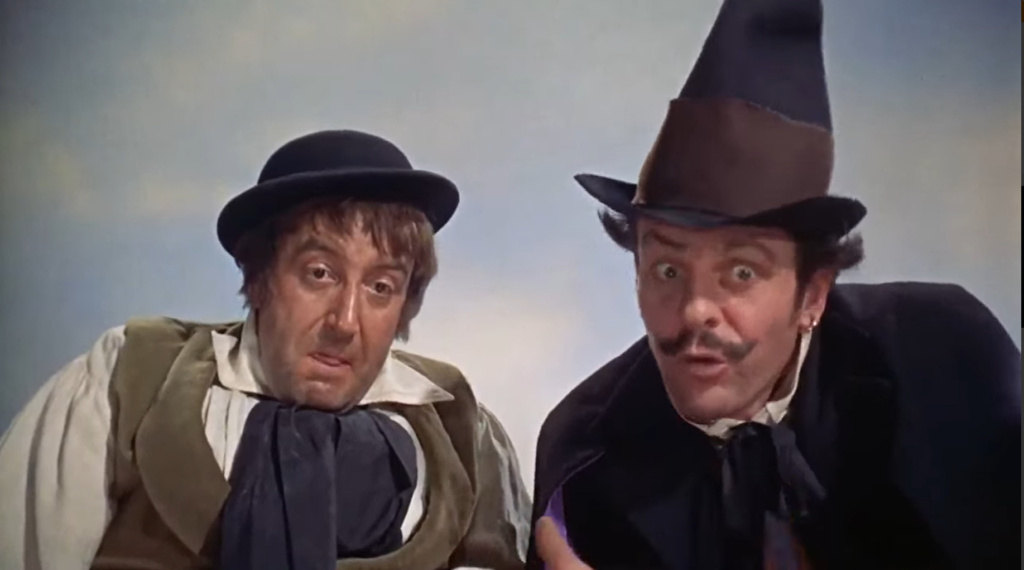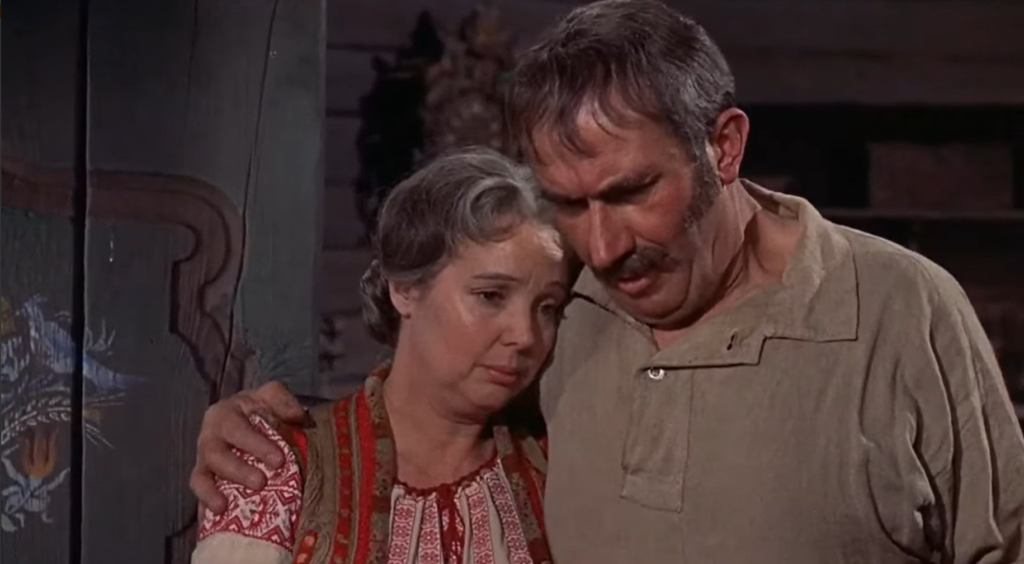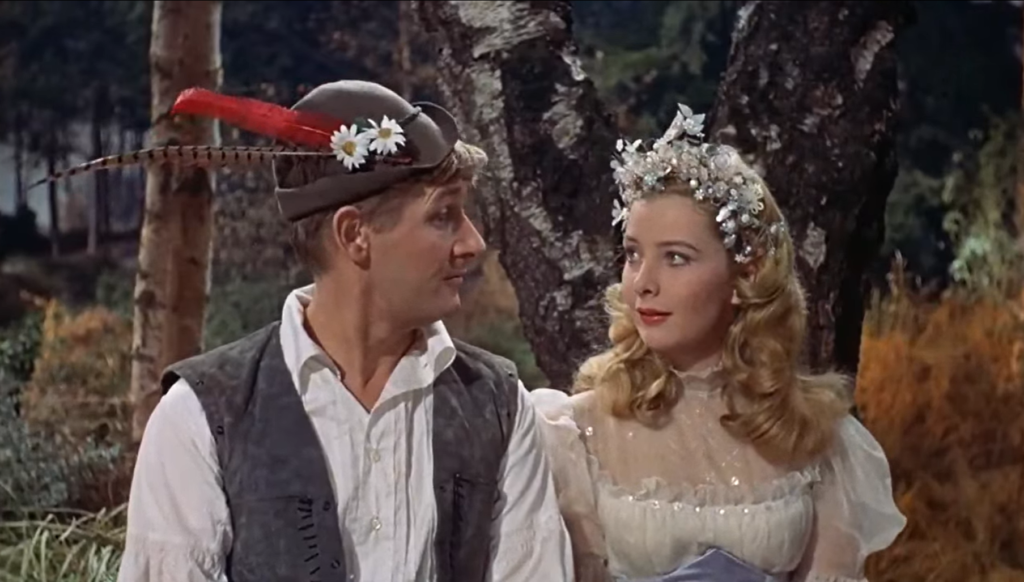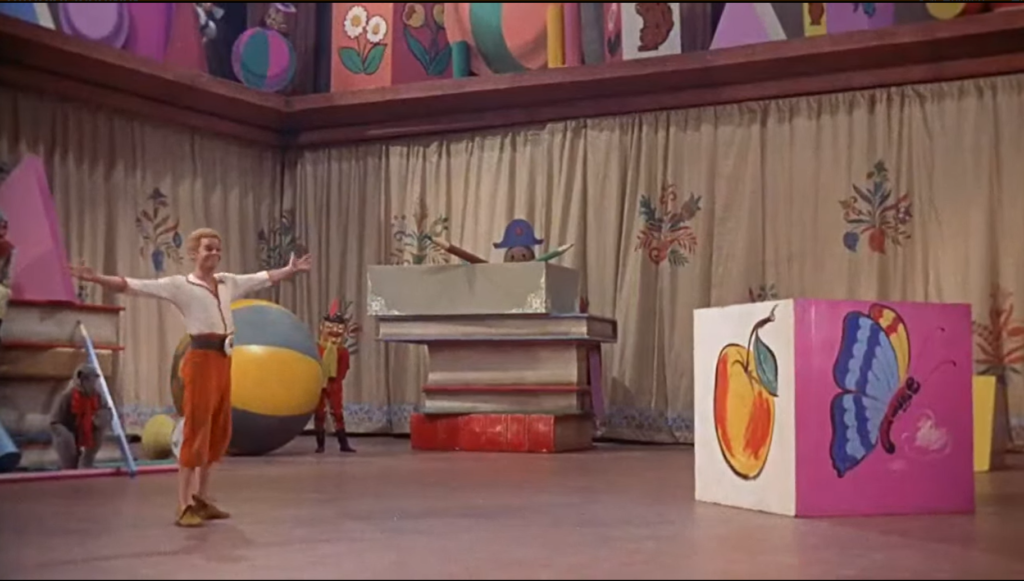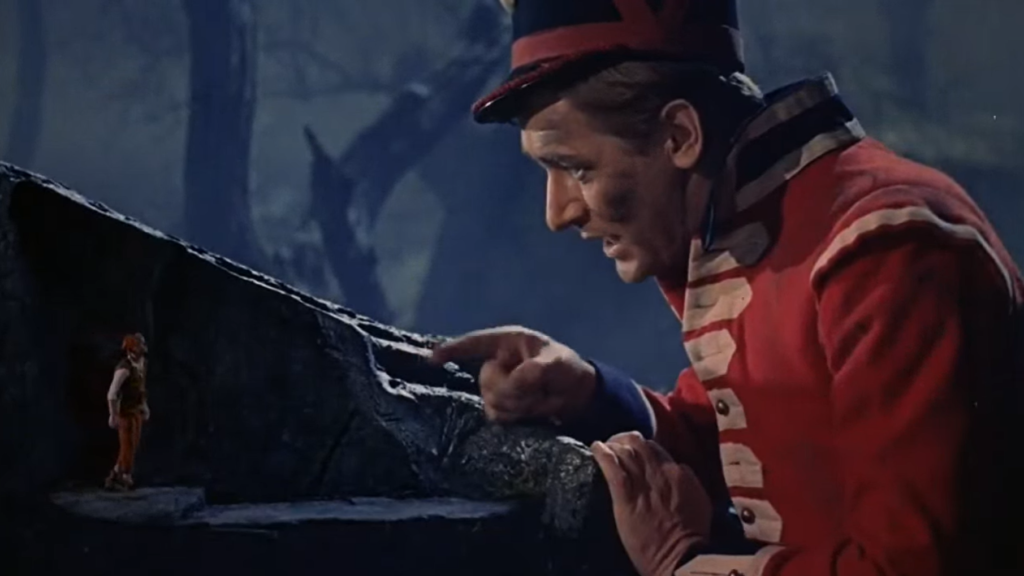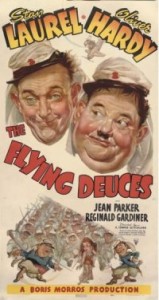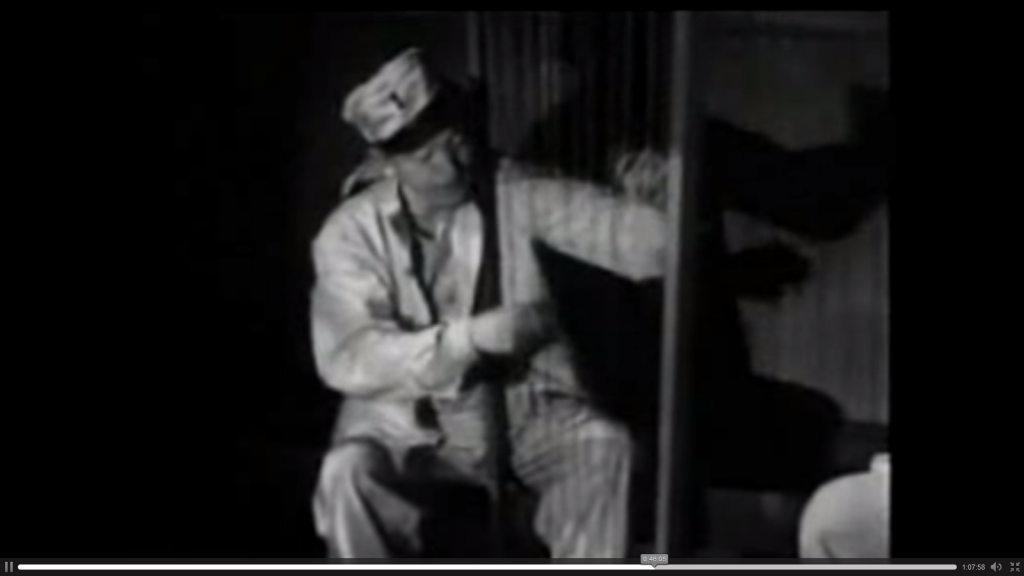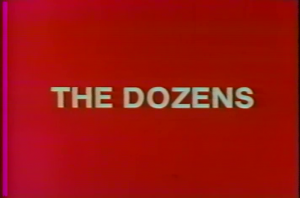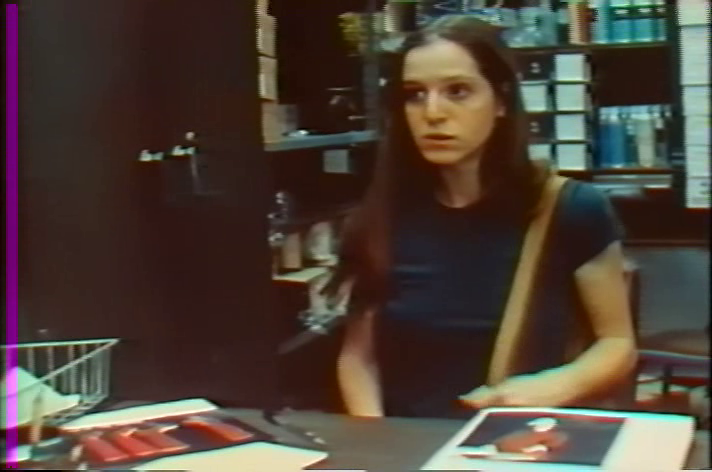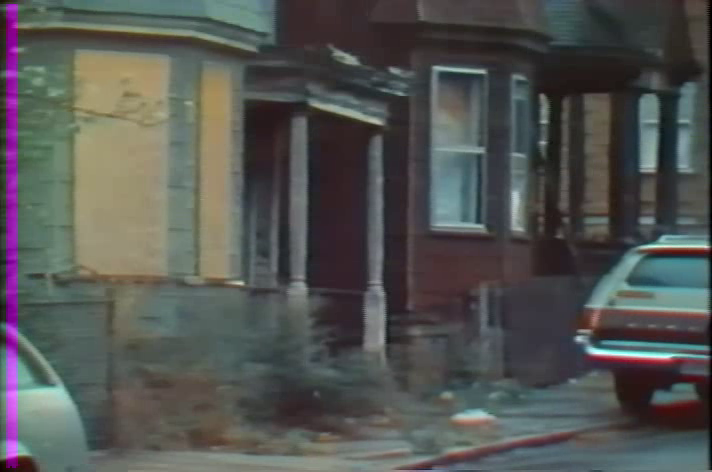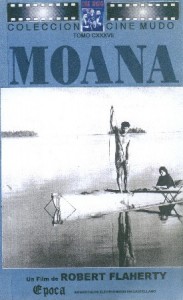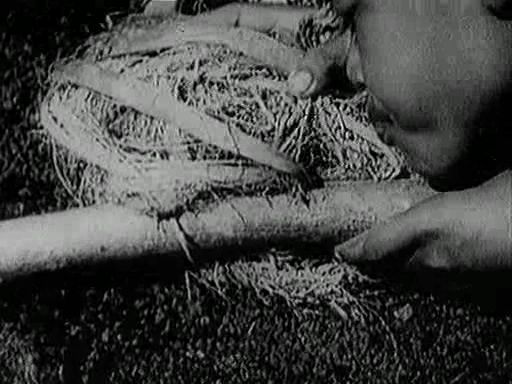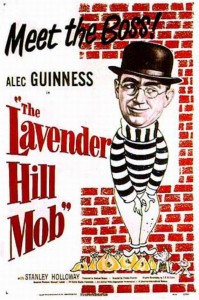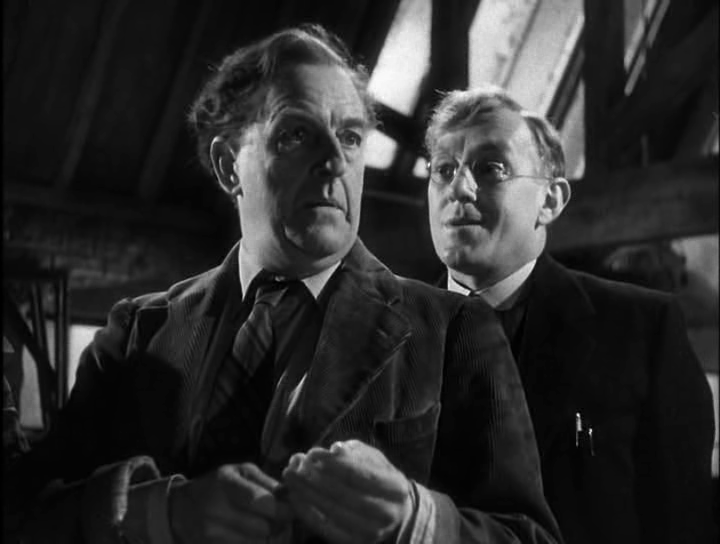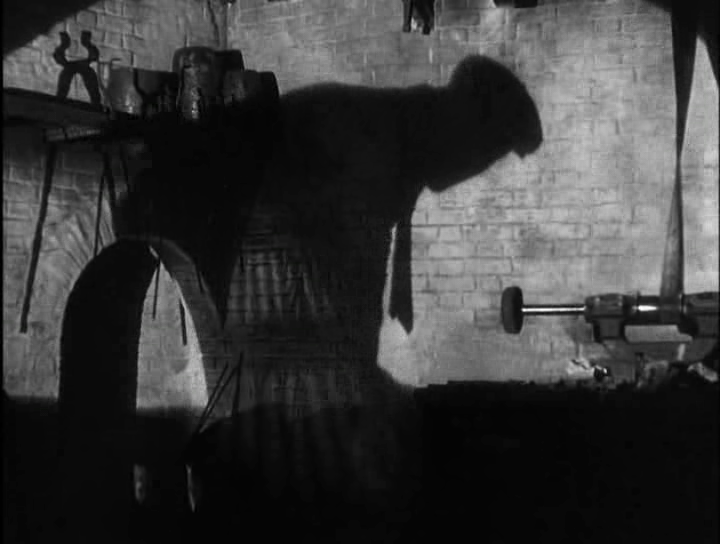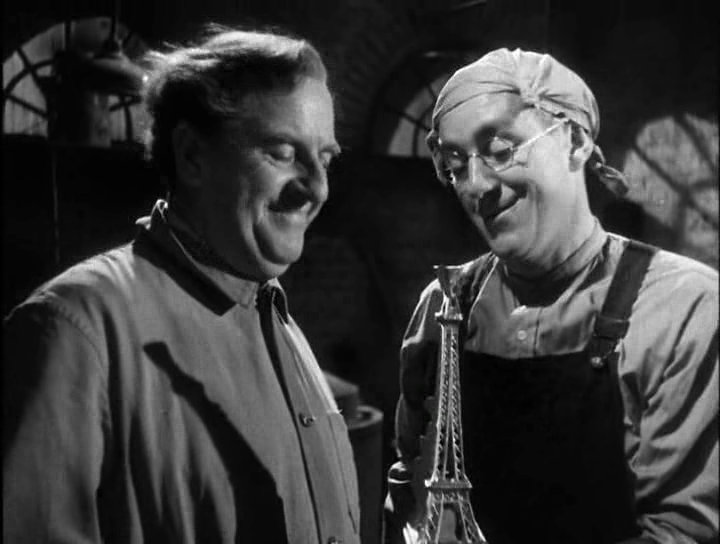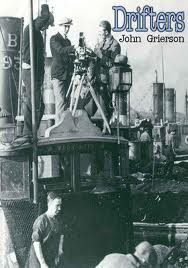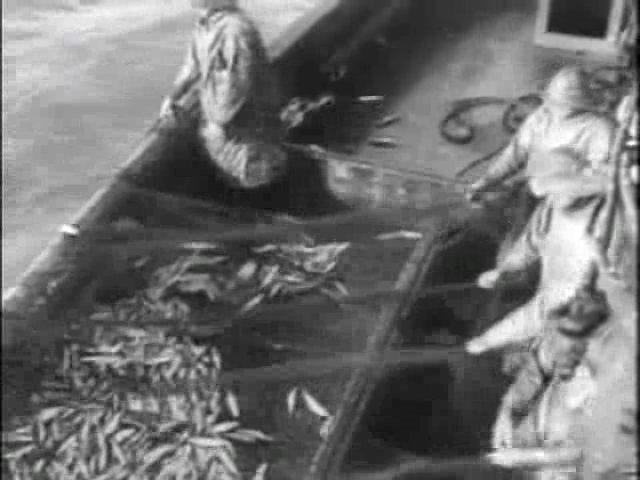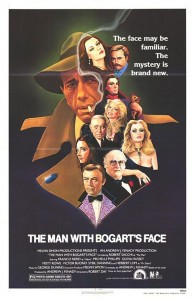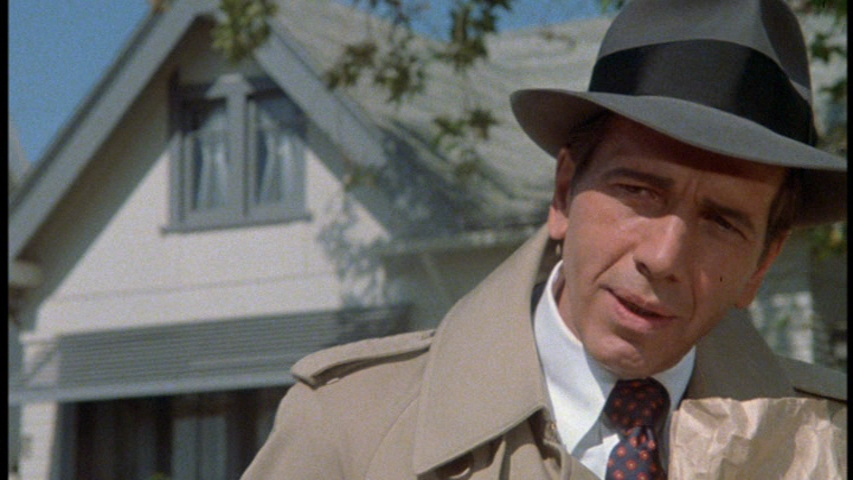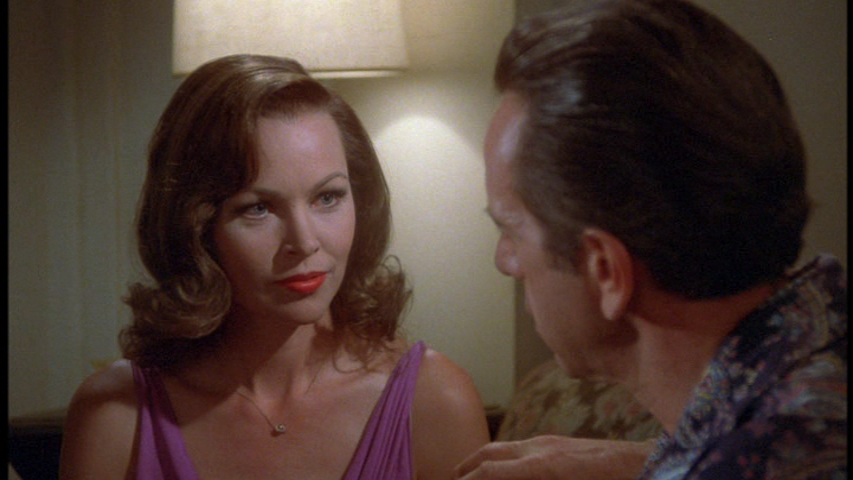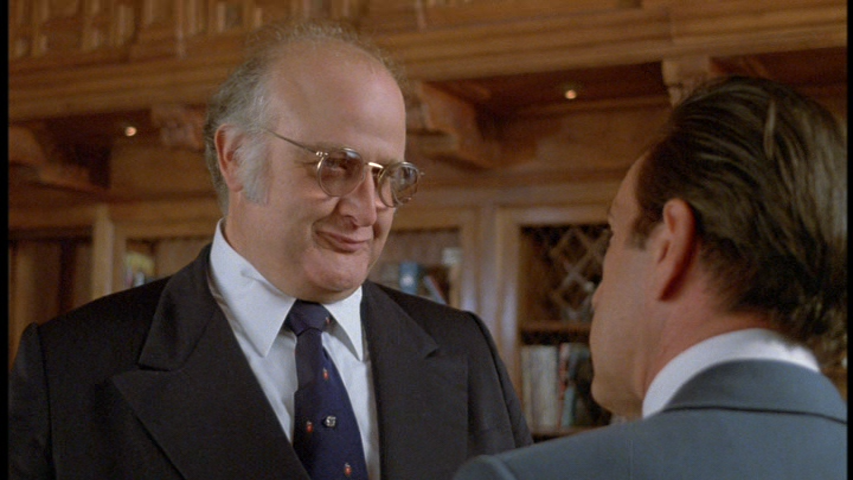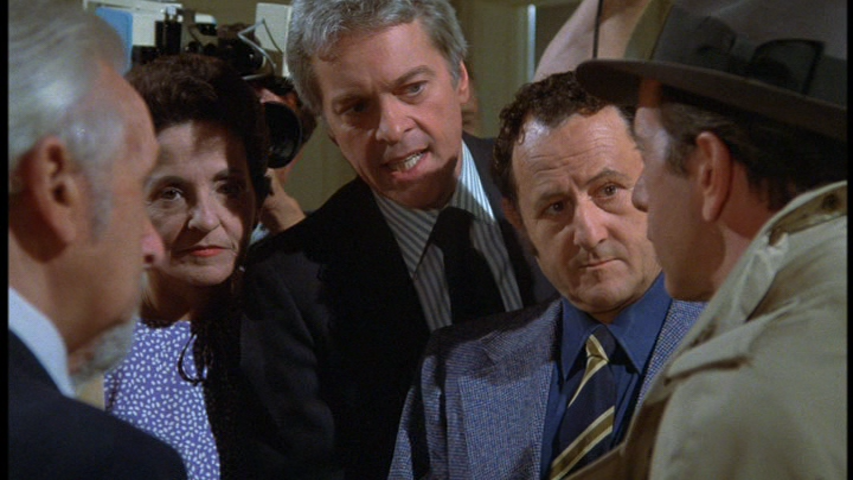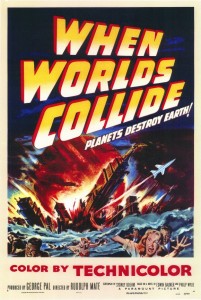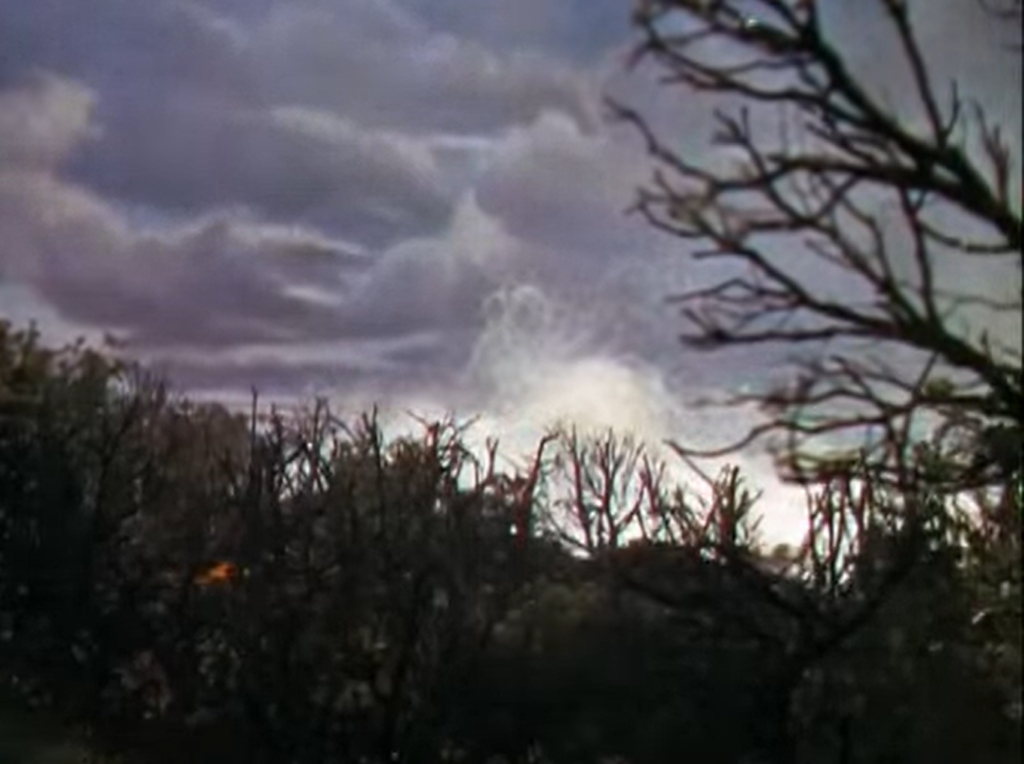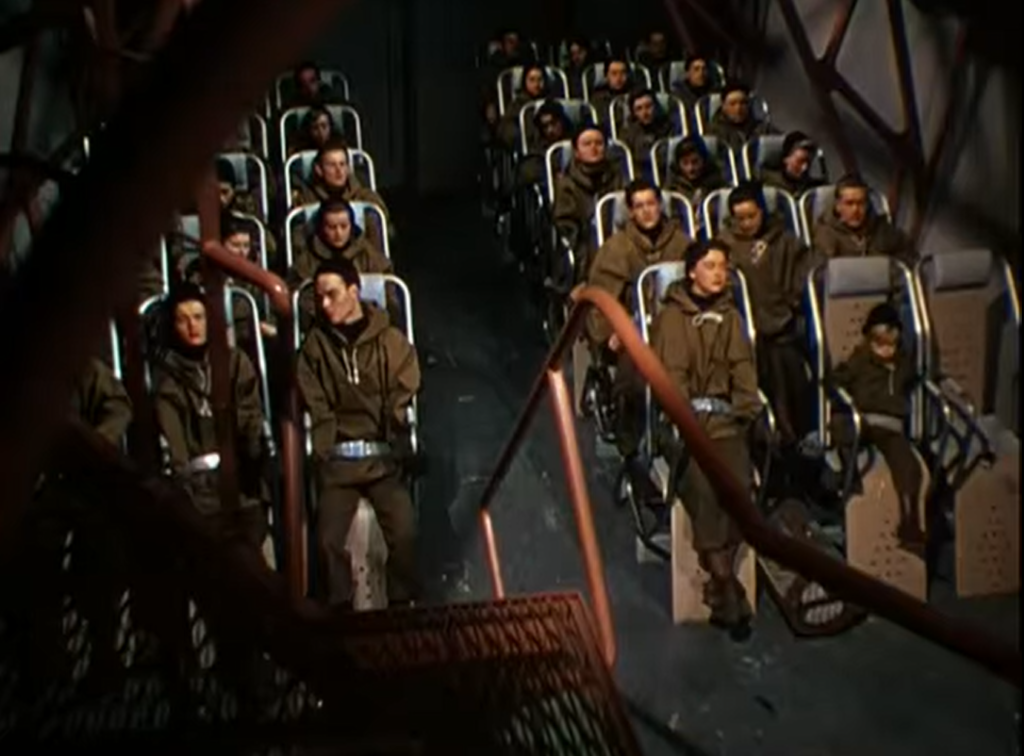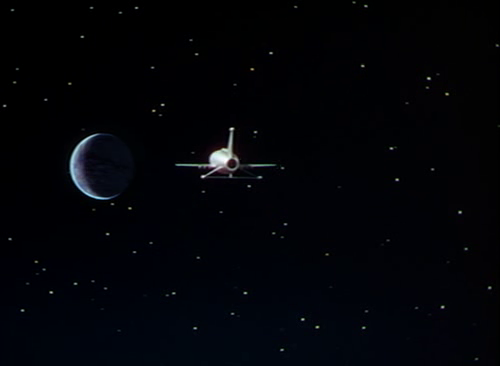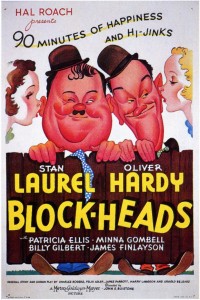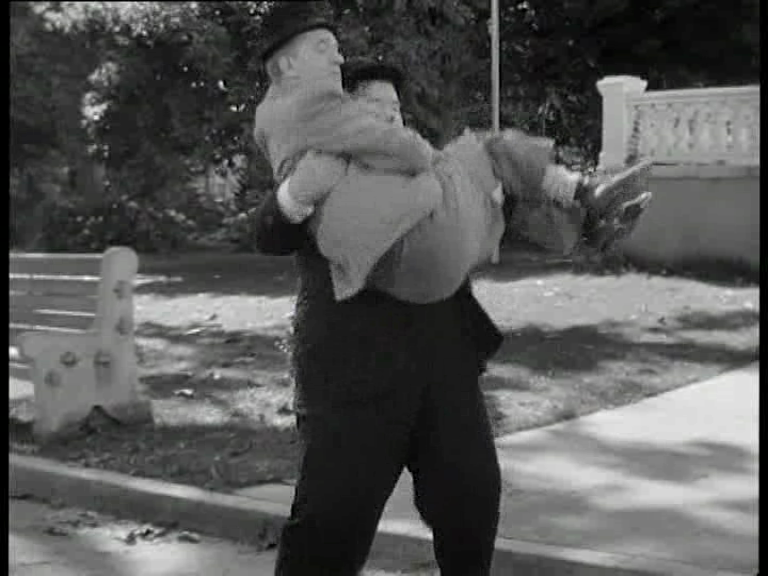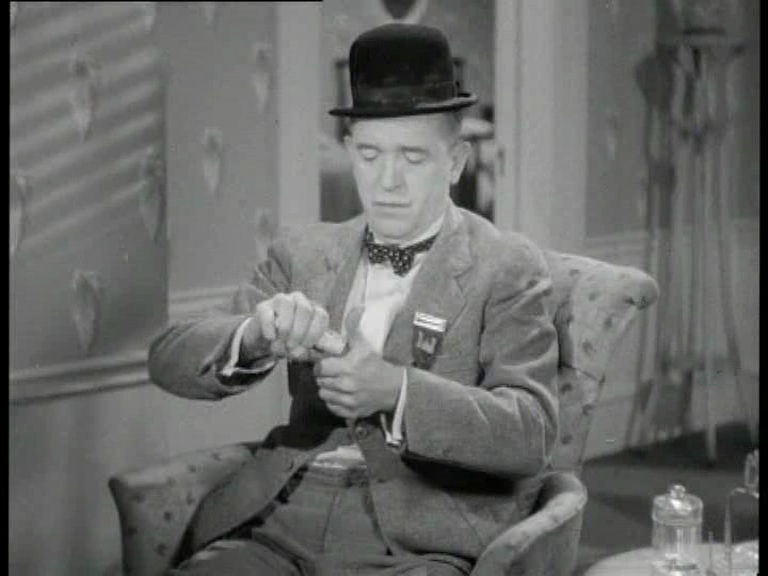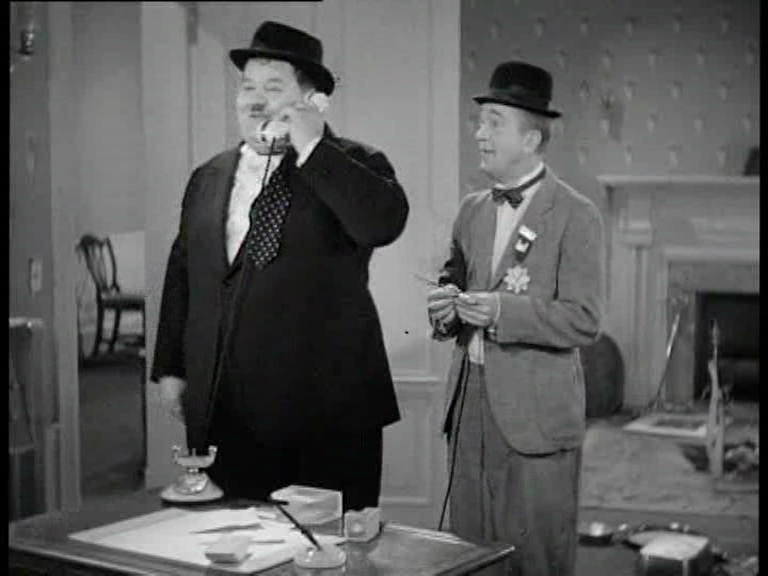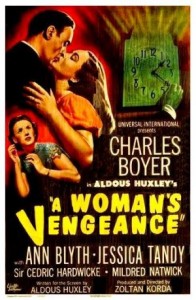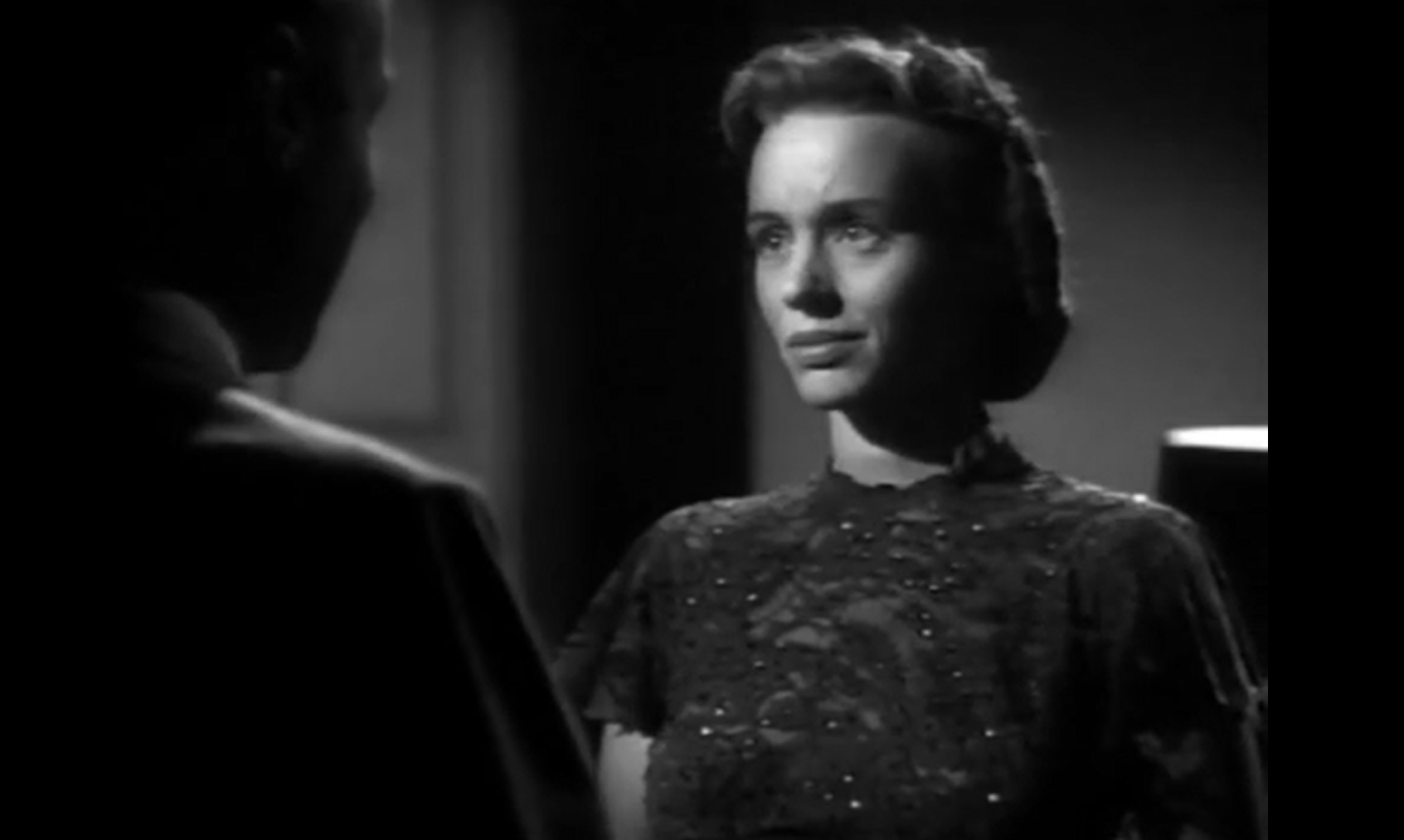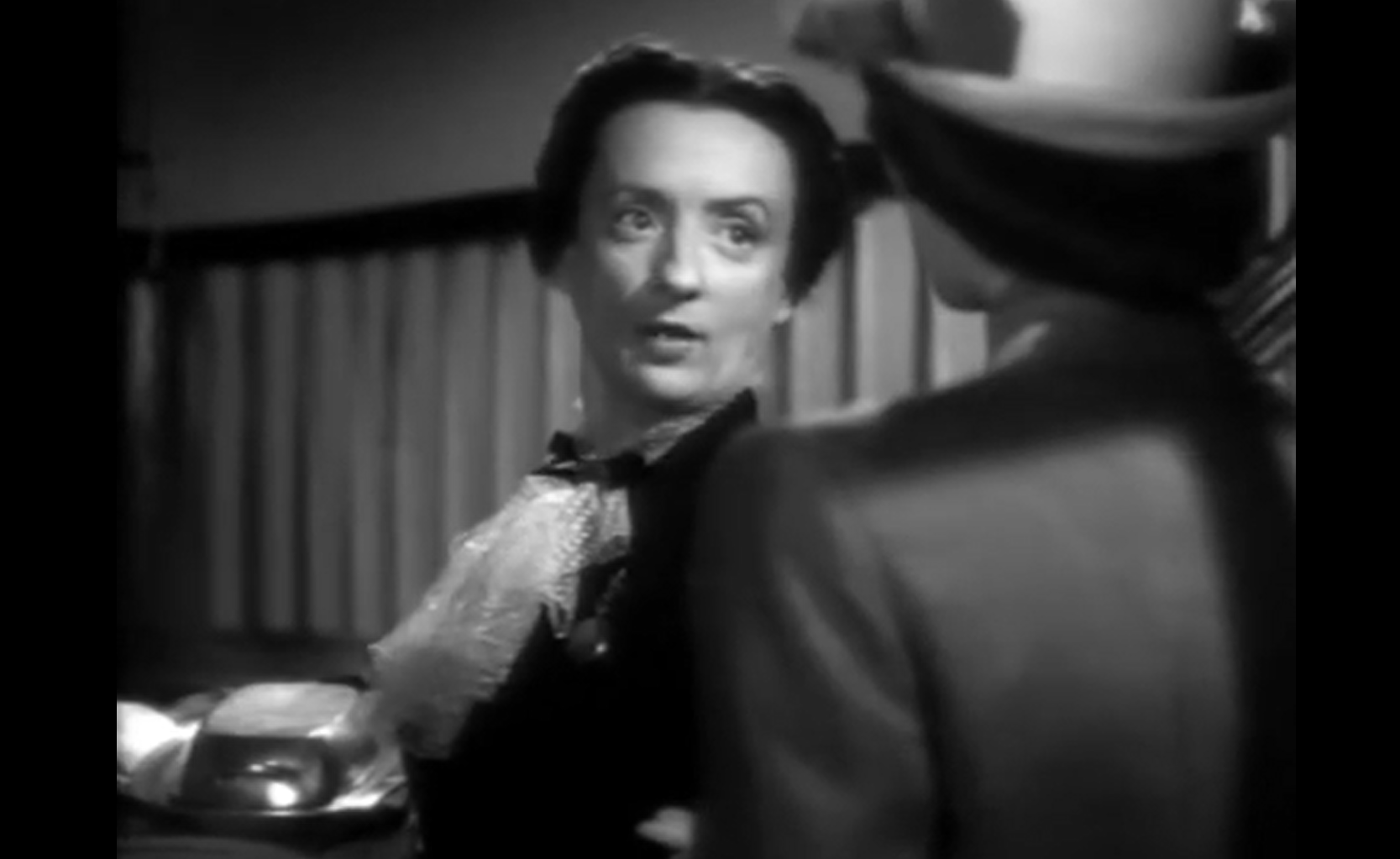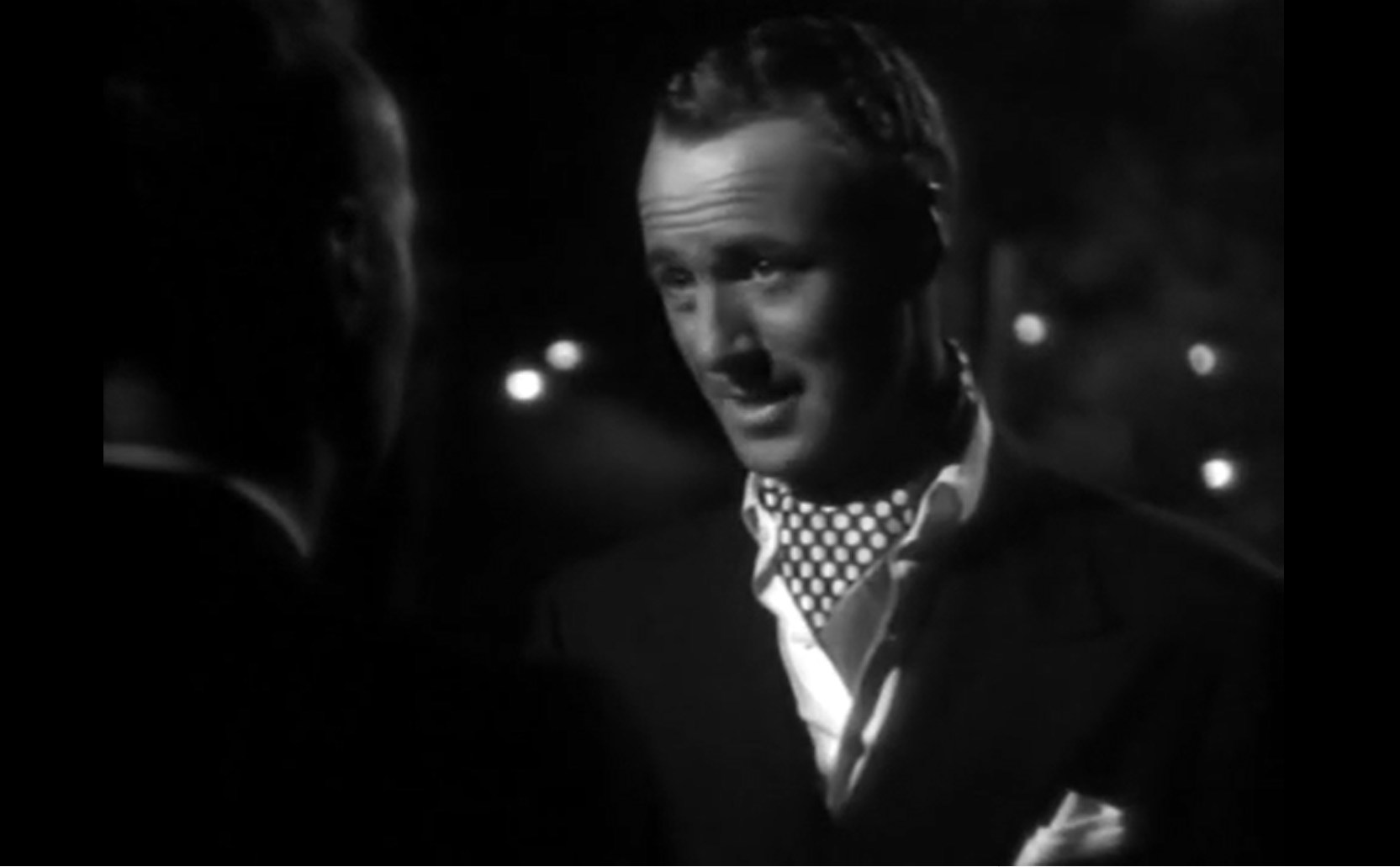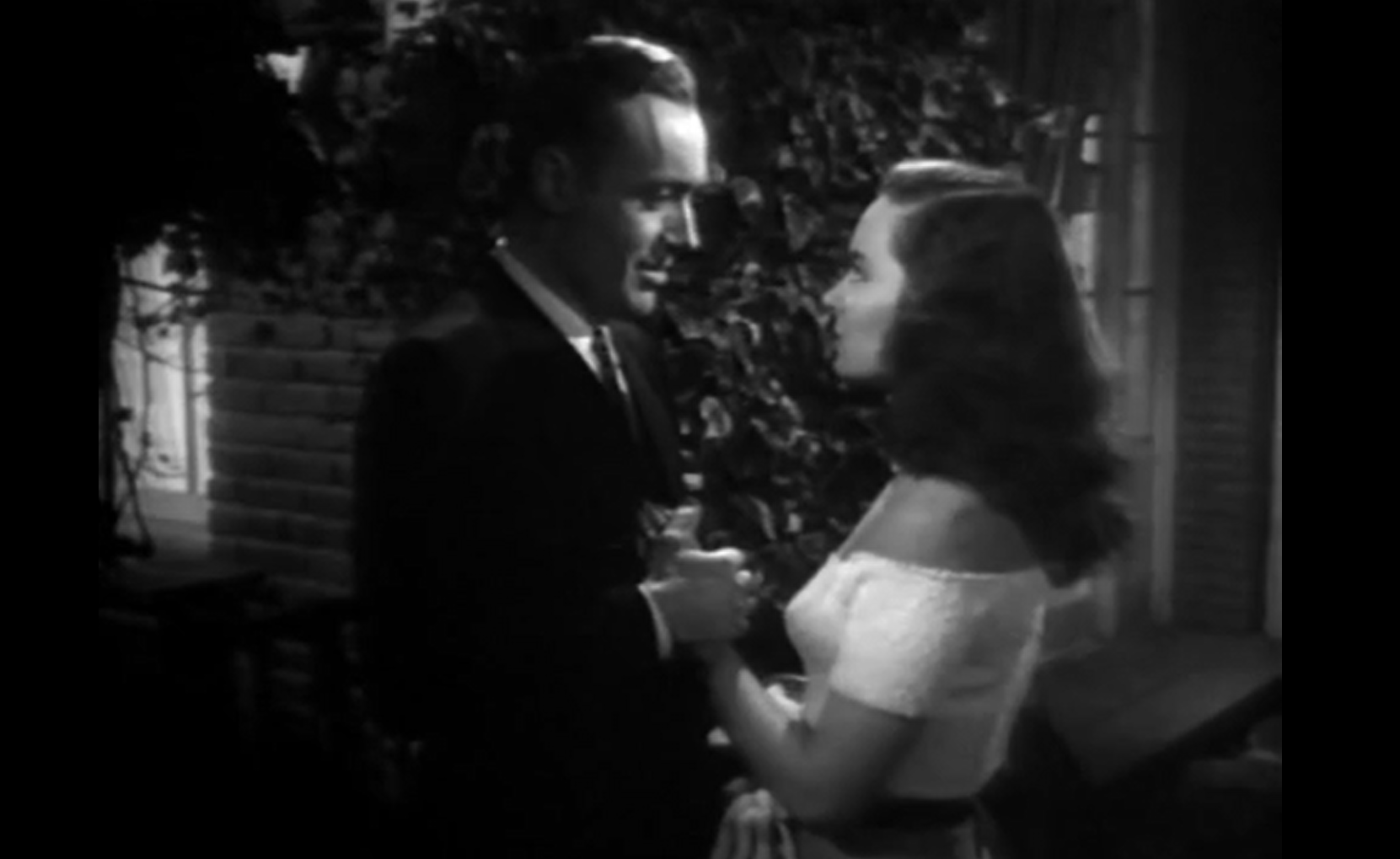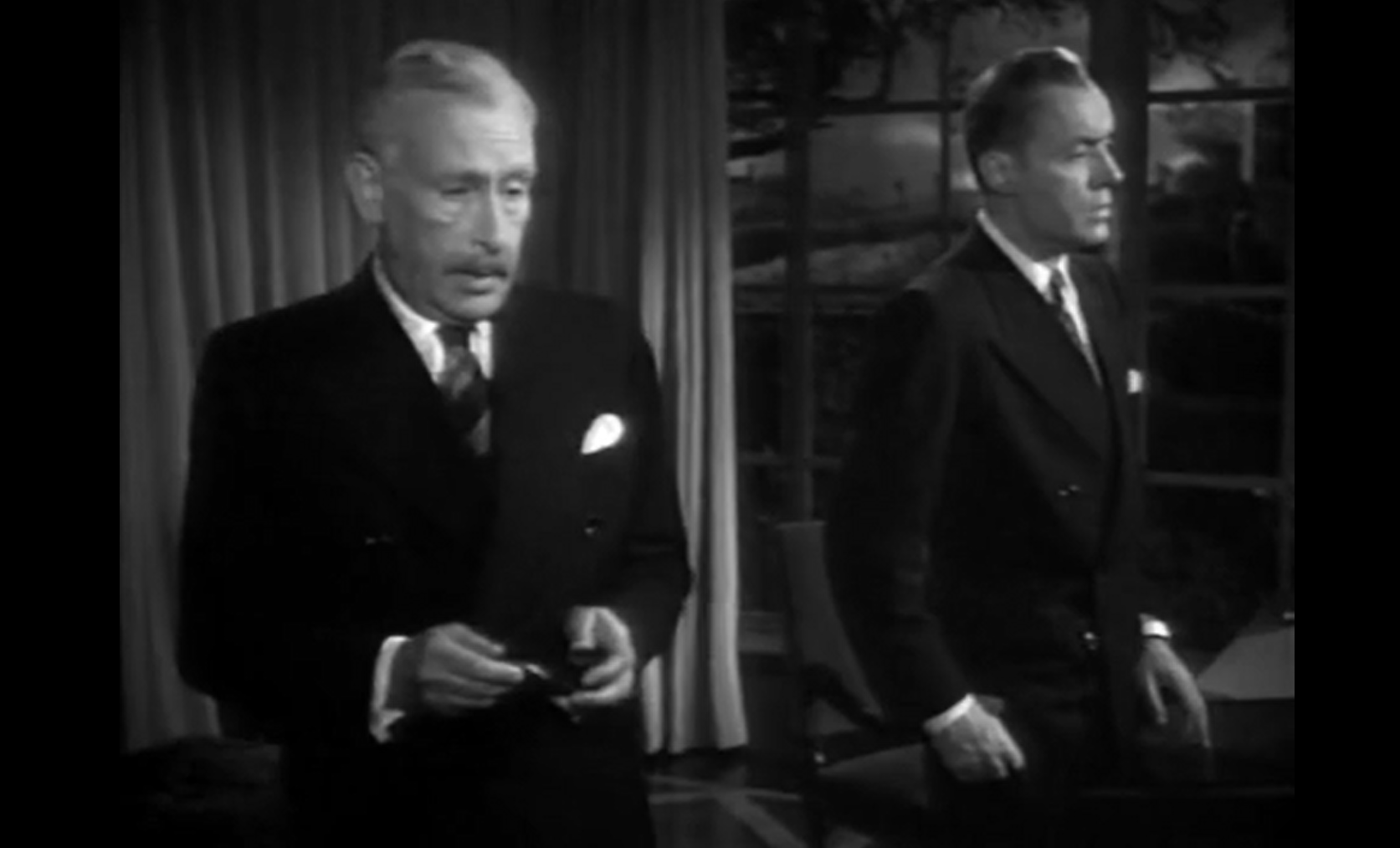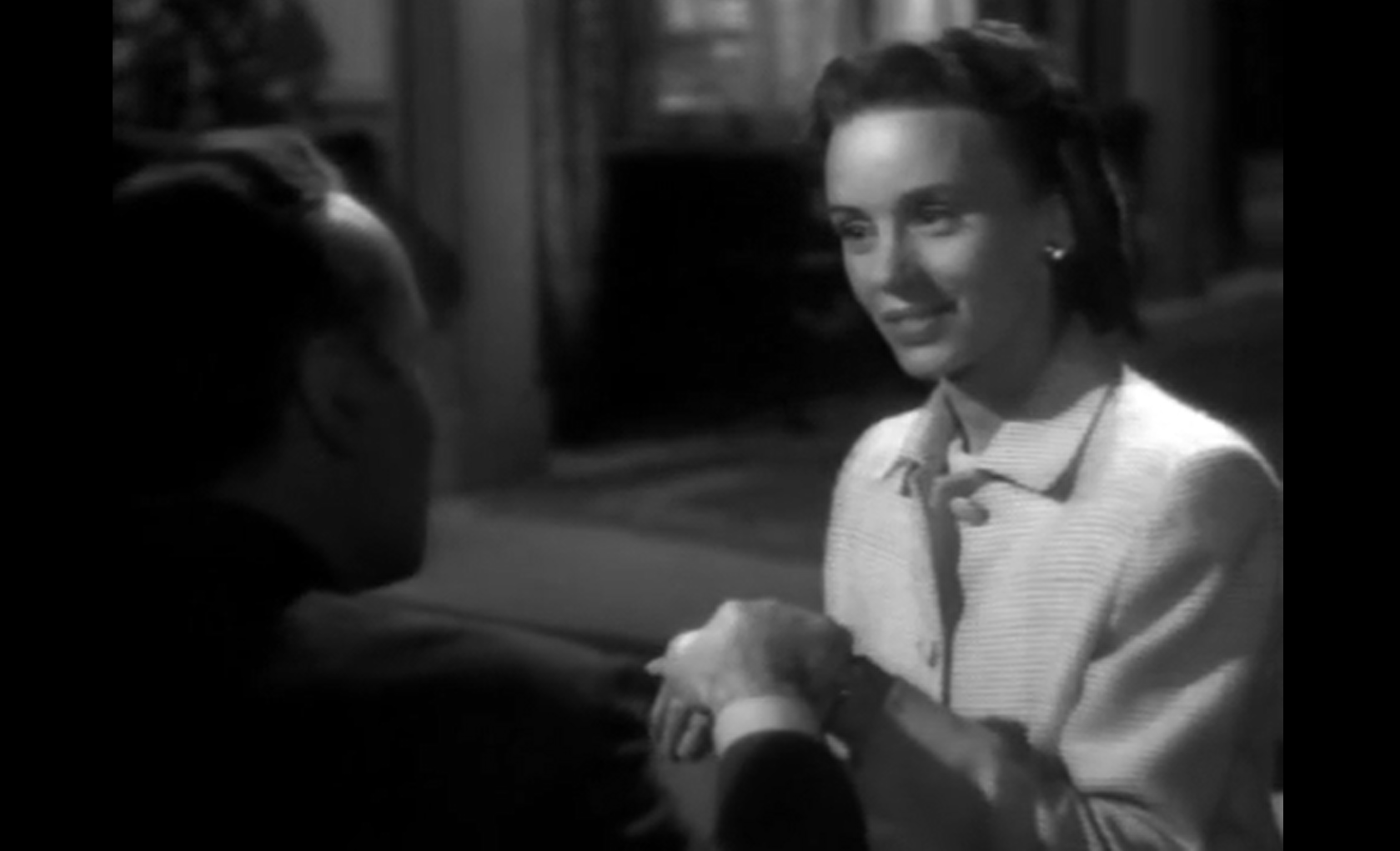tom thumb (1958)
“He’s not for sale; he’s my son!”
|
Synopsis: |
|
Genres, Themes, Actors, and Directors:
Response to Peary’s Review: and Tamblyn’s athletic dancing is consistently superb: … but his character is poorly conceived; indeed, it’s downright creepy seeing the 24-year-old Tamblyn placed into a cradle by his adoring adoptive parents: — and one never quite understands exactly how old he’s meant to be (nor, for that matter, where he came from before magically appearing on their doorstep). Terry-Thomas and Peter Sellers are appropriately buffoonish as the “evil twosome who want to use Tom for their own ends”, but their quibbling schtick eventually wears out its welcome: … and while Miles and Matthews make a sweet elderly couple, they aren’t given much screentime after the nicely conceived opening sequences. Meanwhile, the requisite romantic subplot — between lovely Thorburn and Young (who will be forever etched in my mind’s eye alongside Mr. Ed) — is, perhaps predictably, rather insipid. With all that said, there’s enough life and color to this production that ff parents will surely feel fine putting it in front of their kids. Pinocchio (1940) it ain’t — but then few films are. Note: If you think you vaguely recognize Matthews from somewhere, it may be from her starring role 20+ years earlier in the enormously successful British musical Evergreen (1934). Redeeming Qualities and Moments: Must See? Links: |
